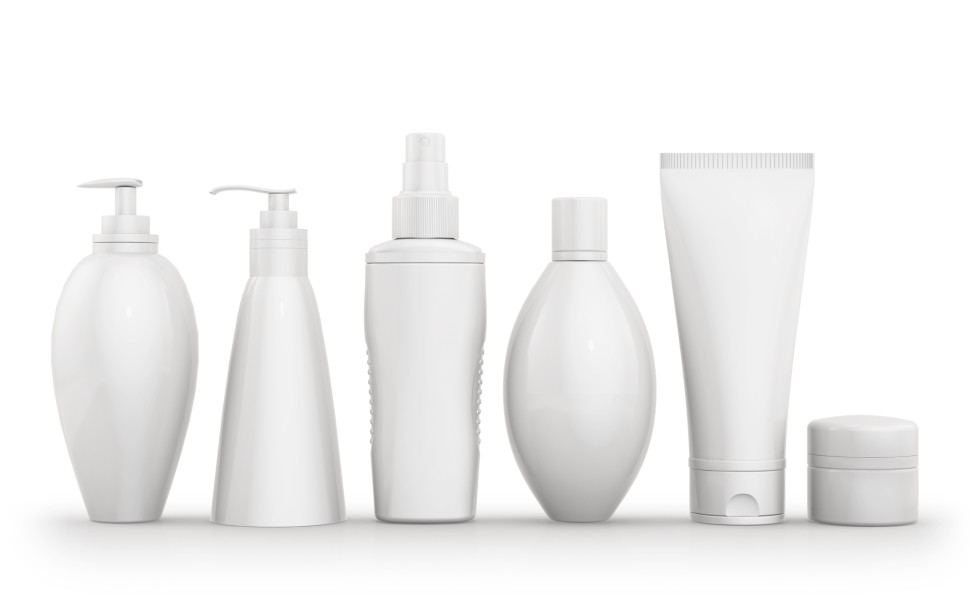CHICAGO - A new Northwestern Medicine study found that moisturizers marked “fragrance free” or “hypoallergenic” were not, and products labeled as “dermatologist-recommended” often came with a higher price tag.
The inaccurate claims and higher prices make it difficult for those with skin disorders such as eczema and psoriasis to find affordable, non-irritating and safe moisturizers.
The study examined the ingredients and performance of the top 100 best-selling, whole-body moisturizers at Amazon, Target and Wal-Mart to determine the best consumer products based on affordability and how well they moisturized without causing a skin allergy.
Dermatologists have a responsibility to base their endorsements of moisturizers on evidence, especially if it leads to a higher price, said first author Steve Xu. This research will help dermatologists better understand the science behind moisturizers so they can better guide patients toward what they like, what is safe and what is affordable.
The study was published today, Sept. 6, in JAMA Dermatology.
Nearly half (45 percent) of the products in the study that claimed to be “fragrance free” actually had a fragrance cross reactor or botanical ingredient. The study found that the vast majority (83 percent) of products with “hypoallergenic” labels included a potentially allergenic chemical. Products that included a “dermatologist-recommended” label had a median price of $0.20 more per ounce than those that did not have the label.
“We looked into what it means to be ‘dermatologist-recommended,’ and it doesn’t mean much because it could be three dermatologists recommending it or 1,000,” said Xu, a resident physician in dermatology at Northwestern University Feinberg School of Medicine.
Products currently on the market that are free of typical skin allergens include white petroleum jelly, certain coconut oils that are cold-pressed and not refined, Vanicream’s hypoallergenic products and Aveeno Eczema Therapy moisturizing cream, Xu said.
Moisturizers are a great solution for patients with skin disorders because they retain moisture in the skin, reduce inflammation, help prevent infection, are widely available and are largely affordable, Xu said. But it’s important to know if the ingredients contain allergens, which can be difficult because manufacturers do not have to list every chemical in their products if they are a fragrance. And the U.S. Food and Drug Administration has limited authority over cosmetics, Xu added.
But more labeling is not going to be enough.
“If manufacturers did list all the ingredients, their labels would be 75 pages,” Xu said. “As it stands now, patients have a challenging time making an informed decision by glancing at the back of the bottle. Our study highlights that and aims to make that search easier on consumers by informing dermatologists.”
The researchers looked for the presence of ingredients represented in the North American Contact Dermatitis Group (NACDG), which determines if a product contains typical skin allergens such as fragrance mix, parabens or tocopherol. Only 12 percent of the best-selling moisturizers were free of NACDG allergens.
The top three most affordable moisturizers in the study that were free of NACDG ingredients were Ivory raw unrefined shea butter, Vaseline original petroleum jelly and Smellgood African shea butter.
“There’s a huge loophole relating to fragrances, which is the number one cause of skin allergies related to cosmetics,” Xu said.
Nearly half of moisturizers claiming to be fragrance free had a cross-reactor or botanical ingredient that can still cause a skin rash or skin allergy
Often the products claiming to be “fragrance free” contained a fragrance cross reactor or a botanical ingredient, which can lead to an allergic reaction in some consumers.
“The more we know about the science behind moisturizers, the better we can guide our patients to what they like, what is safe and what is affordable,” Xu said.
Dermatologists like to prescribe ointments because evidence has shown the thickness of an ointment effectively hydrates and protects the skin better than any lotion, cream, butter or oil, Xu said. But he said, “The worst moisturizer is the one the patient won’t use.”
The most popular moisturizers, according to the study, were lotions (59 percent), followed by creams (13 percent), oils (12 percent), butters (8 percent) and ointments (2 percent).
“We could recommend a moisturizer that has no allergy risk and is affordable and effective, but if the patient doesn’t like it, it’s a wasted recommendation,” Xu said. “We need to program into our minds to think differently and strike that fine balance between safe ingredients and user preference.”
Dr. Jonathan Silverberg, assistant professor of dermatology and preventive medicine at Feinberg, a practicing dermatologist at Northwestern Medicine and founder and director of Northwestern Medicine’s Multidisciplinary Eczema Center, is senior author on the paper. Michael Kwa, a third-year medical student at Feinberg, is a co-author on the study.


